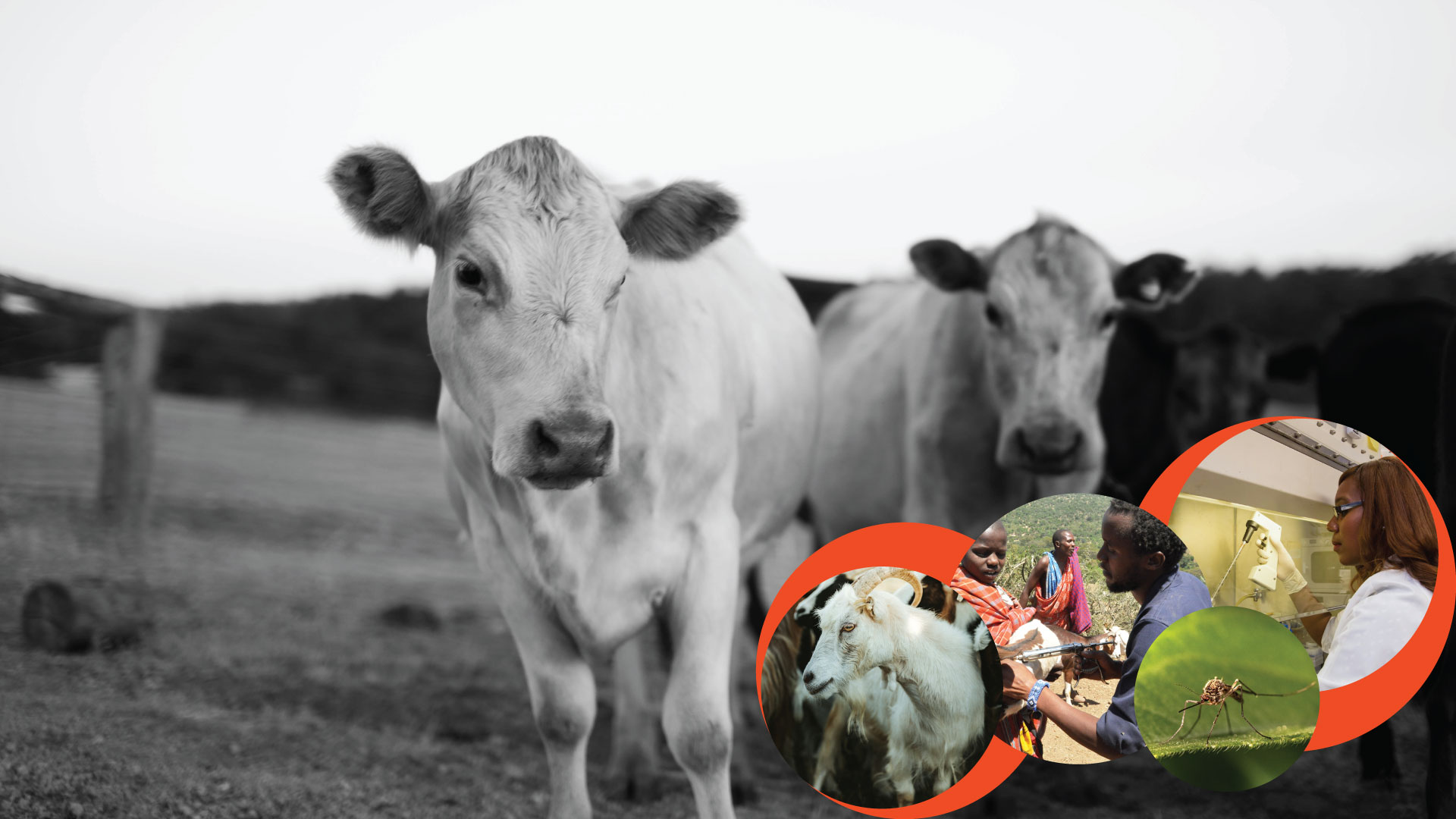


The Kenya Meteorological Department has issued alert of elevated rainfall and flooding in most parts of Kenya during the March-May rains, noting possible health impacts being an increase in vector-borne diseases such as malaria, Rift Valley fever and dengue fever. Previously, the IGAD Climate Prediction and Applications Centre (ICPAC) climate forecast for October 2023 to December 2023, showed a high probability of above-average rainfall across most parts of the Greater Horn of Africa including eastern Kenya extending into the first quarter of 2024. IGAD made an urgent appeal for support and a call to action to avert the predicted crisis associated with disease outbreaks. This is evident with the elevated rains presently on-going in Kenya.
Kenya developed a national contingency plan for RVF through a multisectoral process in 2022, which was ratified as the official blueprint for RVF outbreak preparedness and response in the country. The contingency plan has the desired goal of preventing full-blown RVF outbreaks and minimising the health and socio-economics impact of RVF to humans, animals and the environment. The current proposal aims to activate the National contingency plan for RVF in Kenya, specifically those relating to the pre-outbreak phase through targeted training to support active surveillance and risk communication.
To enhance the capacity for early detection and response to RVF, WOAH will support a multisectoral training workshop for Frontline workers on RVF Detection and Response. Participants will be drawn from the Ministry of Agriculture and Livestock and the Ministry of Health, in three medium-risk counties, including Embu, Narok and Nyandarua. The overall objective of the training is to build the capacity of human, animal, and environmental health practitioners from the selected RVF hotspots in critical competencies for joint mitigation of Rift Valley fever outbreaks, in line with the One Health approach.
